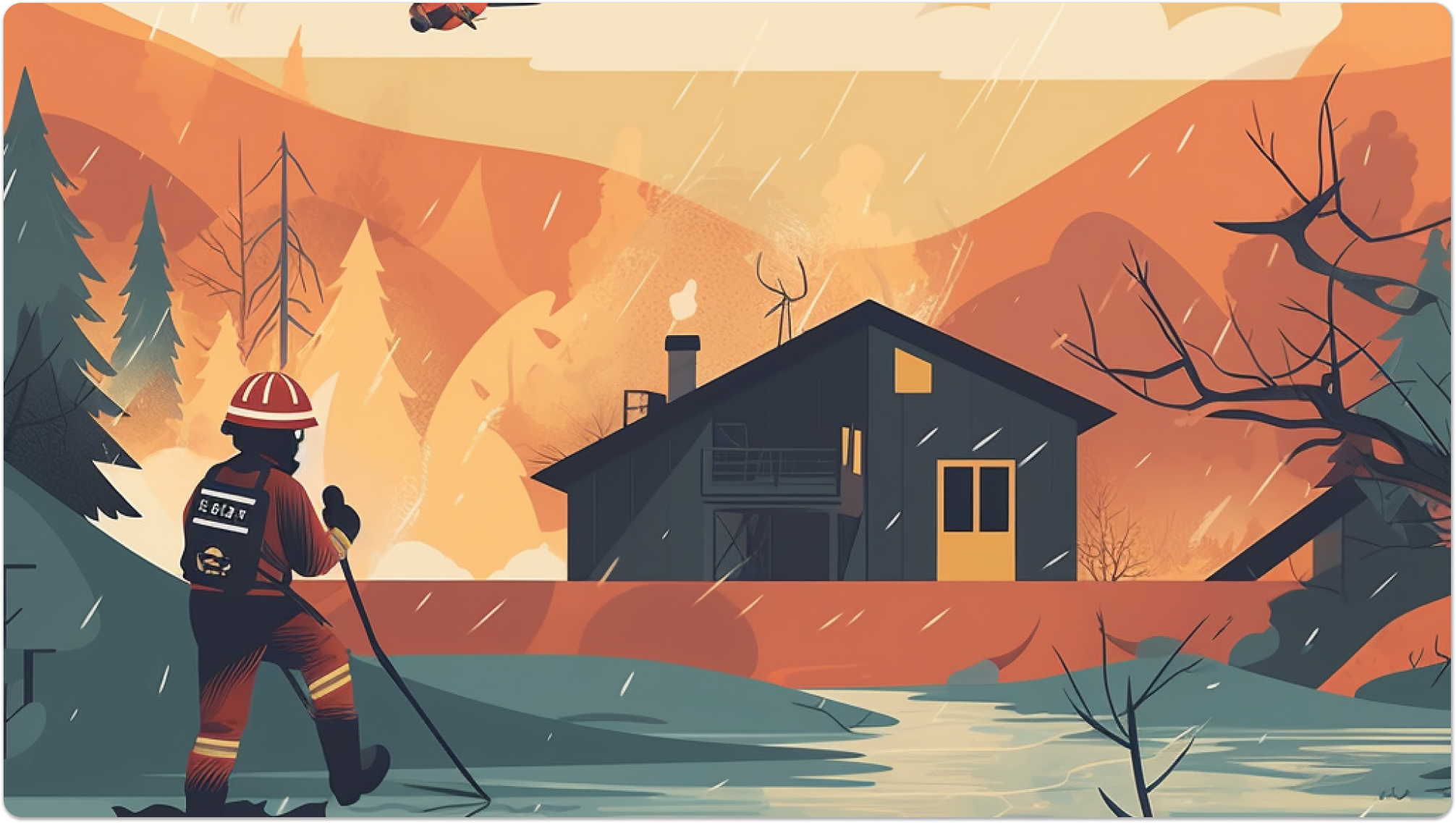I was visiting Queenstown, New Zealand last week amidst the horrible floods which quickly escalated. As an incident responder myself, I was amazed at the operations and how fast responders on the ground acted in evacuating and clearing the grounds.
Over 100 people were evacuated in the middle of the night with zero casualties. A commendable job.
Here are some observations I made and what we can learn as incident responders ourselves.:
1. Transparent communication with stakeholders:
The civil agencies, local communities, and emergency response teams kept everyone informed through their Twitter accounts (@NZcivildefence, @metservice).
Additionally, the region experienced a water parasite outbreak, resulting in 18 cases of stomach aches and diarrhea. Warnings about consuming tap water and lake water were promptly displayed in all hotels and tourist destinations.
I noticed the "infected waters" warning at my hotel and even at Mirror Lakes, approximately 280kms away from Queenstown. I enjoy swimming in lakes, so this warning was very helpful, especially since I was traveling with kids.
What we can learn?
Bringing instant transparency with all your stakeholders is a great way to earn trust. Keep everyone updated with real-time statuses. Our Status pages do a great job at this.
2. Standard operating procedure:
As part of their SOP, NZ declared a State of Emergency for 1 week. This immediately alerts all citizens and responders to stay vigilant and work on recovering damages promptly.
Standard operating procedures advocate for taking action regardless of who is in charge. They ensure that responders and managers do not rely on guesswork for determining the next steps.
What we can learn?
Standard Operating Procedures (SOPs) prevents guesswork for responders. Establish these processes, especially for critical incidents. One common practice is to automatically create a video conference and invite on-call members. Every minute is crucial. Create all important actions that works for your team and automate them with Playbooks (in beta).
3. Risk Mitigation
During the floods, the risk mitigation approach included several measures. This included issuing warnings to not drink tap water within a 300km radius and conducting Geotech assessments to ensure the safety of the affected area. These actions aimed to prevent casualties and reduce the potential risks associated with the natural disaster.
Geotech assessments during floods involve evaluating the stability and safety of the affected area's geological features and structures.
What we can learn?
To mitigate an incident’s impact, it is important to actively listen to the incidents and warnings. Do not ignore them. We recommend creating a monthly event with your team to review all the incidents that occurred in the past month. This will help you understand what is important and prioritize the resolution of these incidents in a permanent manner.
To effectively manage incidents, you can utilize priority and severity levels, as well as set up alert rules to receive critical incident alerts on your phone. For non-critical incidents, you can utilize ChatOps platforms such as Microsoft Teams, Slack, and Discord.
4. Speedy Warning
When the NZ responders became aware of the water parasites, they quickly took action by issuing a notice to boil tap water before drinking. You can find more information about this notice here. But here's the incredible part: this advisory covered an area of approximately 300km in the state. It didn't matter if you lived in a tiny village or a bustling tourist spot; within hours, everyone was aware of this notice.
What we can learn?
Keep all members of your team and other teams in your organization up-to-date about ongoing incidents. Do not hesitate to escalate alerts. Sharing news across the organization promotes awareness and can potentially generate great ideas as well. This is precisely why Spike offers unlimited escalations on all plans.
5. Encourage volunteers
During the floods, regular folks with full-time jobs, like teachers, and bankers, volunteered to help the NZ Civil Defence teams. They joined the response teams showing dedication and making a big difference in keeping people safe.
What we can learn?
Encourage participation among team members. Add them as responders. Increased participation brings forth ideas and foster a sense of responsibility towards building and maintaining your
Reflecting on this experience and sharing these insights, one thing becomes clear: the safety of people is what truly matters.
Observing the quick and effective management of the situation in Queenstown brings me a sense of relief and a newfound respect for responders. It is reassuring to know that people were kept safe through clear communication, adherence to proper procedures, the implementation of precautions, and swift action, all with the assistance of volunteers.
This experience highlights the significance of these approaches in our own endeavors to respond to incidents.

